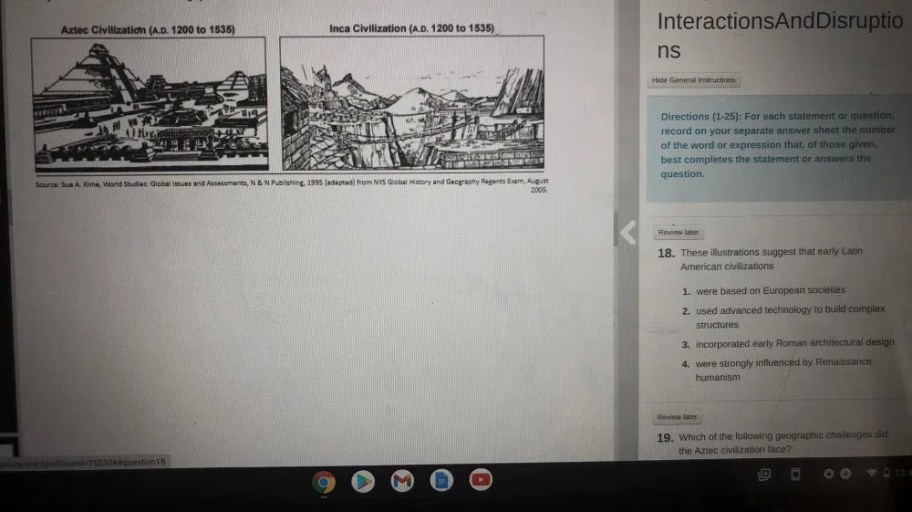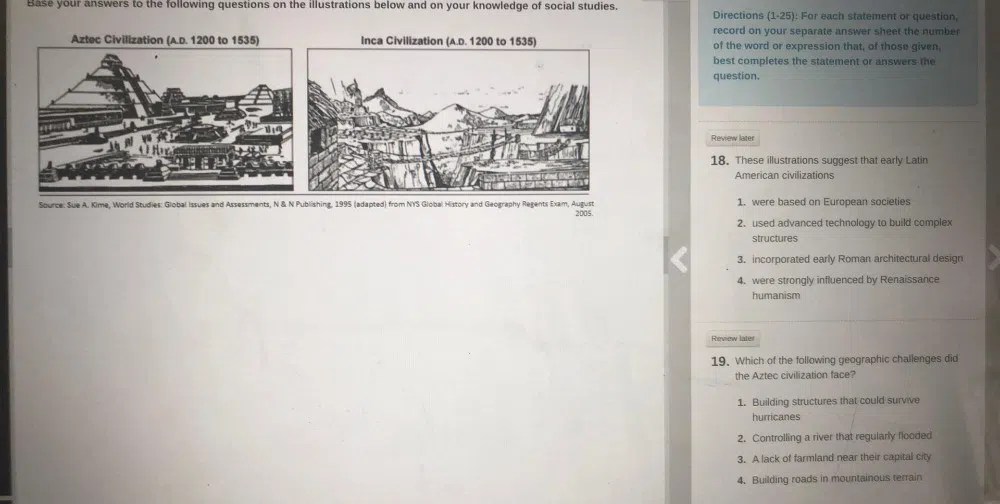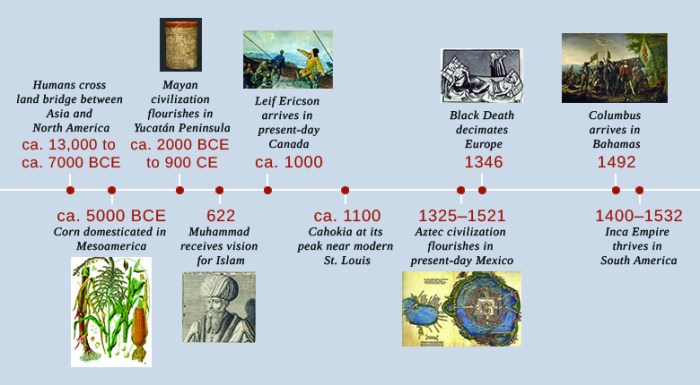These illustrations suggest that early Latin American civilizations possessed remarkable artistic abilities and cultural beliefs. By examining their artistic styles, motifs, and symbols, we gain insights into the social, economic, and historical contexts that shaped these ancient societies.
These illustrations provide a glimpse into the daily life, social hierarchies, economic activities, and trade networks of these civilizations. They also reveal the influences of other cultures and the cultural exchange that occurred between early Latin American civilizations and other parts of the world.
Artistic Techniques and Symbolism

These illustrations exemplify the intricate artistic techniques and profound symbolism that characterized early Latin American civilizations. The vibrant colors, stylized forms, and intricate patterns reflect the cultural and religious beliefs of these societies. Motifs such as animals, plants, and celestial bodies were often depicted, embodying spiritual concepts and mythological narratives.
The materials used to create these illustrations varied widely, including natural pigments, minerals, and animal skins. The techniques employed ranged from painting and engraving to weaving and sculpting. These artistic expressions not only adorned ceremonial objects and sacred spaces but also served as a means of communication and storytelling.
Historical Context and Cultural Practices: These Illustrations Suggest That Early Latin American Civilizations

The creation of these illustrations was deeply intertwined with the historical context and cultural practices of early Latin American civilizations. Major events such as conquests, alliances, and migrations influenced the development of artistic styles and motifs.
These illustrations played a significant role in storytelling, ritual practices, and educational purposes. They depicted historical events, mythological tales, and religious ceremonies. Through these images, communities preserved their cultural heritage and passed down knowledge from generation to generation.
Social and Economic Aspects

These illustrations provide valuable insights into the social and economic structures of early Latin American civilizations. Depictions of daily life, social hierarchies, economic activities, and trade networks offer glimpses into the organization and functioning of these societies.
Through these images, we can observe the division of labor, the role of artisans and craftsmen, and the importance of agriculture and trade in sustaining these civilizations.
Cross-Cultural Influences and Connections

The artistic styles and motifs found in these illustrations demonstrate the influence of other cultures and civilizations. Similarities with illustrations from Mesoamerica and the Andean region suggest cultural exchange and connections between early Latin American societies.
These illustrations also reveal the influence of European art and techniques, particularly during the colonial period. The blending of indigenous and European elements created a unique and dynamic artistic expression that continues to inspire contemporary artists and designers.
Frequently Asked Questions
What is the significance of these illustrations?
These illustrations provide valuable insights into the artistic techniques, cultural beliefs, historical context, social and economic aspects, and cross-cultural influences of early Latin American civilizations.
How do these illustrations contribute to our understanding of these civilizations?
By examining the artistic styles, motifs, and symbols present in these illustrations, we can gain insights into the cultural and religious beliefs of early Latin American civilizations. They also provide information about daily life, social hierarchies, economic activities, trade networks, and the influences of other cultures.